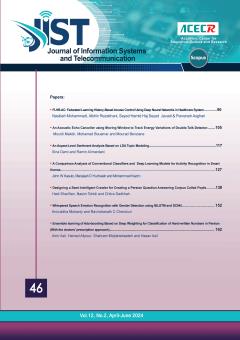Before the advent of the World Wide Web, lack of information was a problem. But with the advent of the web today, we are faced with an explosive amount of information in every area of search. This extra information is troublesome and prevents a quick and correct decisio
More
Before the advent of the World Wide Web, lack of information was a problem. But with the advent of the web today, we are faced with an explosive amount of information in every area of search. This extra information is troublesome and prevents a quick and correct decision. This is the problem of information overload. Multi-document summarization is an important solution for this problem by producing a brief summary containing the most important information from a set of documents in a short time. This summary should preserve the main concepts of the documents. When the input documents are related to a specific domain, for example, medicine or law, summarization faces more challenges. Domain-oriented summarization methods use special characteristics related to that domain to generate summaries. This paper introduces the purpose of multi-document summarization systems and discusses domain-oriented approaches. Various methods have been proposed by researchers for multi-document summarization. This survey reviews the categorizations that authors have made on multi-document summarization methods. We also categorize the multi-document summarization methods into six categories: machine learning, clustering, graph, Latent Dirichlet Allocation (LDA), optimization, and deep learning. We review the different methods presented in each of these groups. We also compare the advantages and disadvantages of these groups. We have discussed the standard datasets used in this field, evaluation measures, challenges and recommendations.
Manuscript profile


